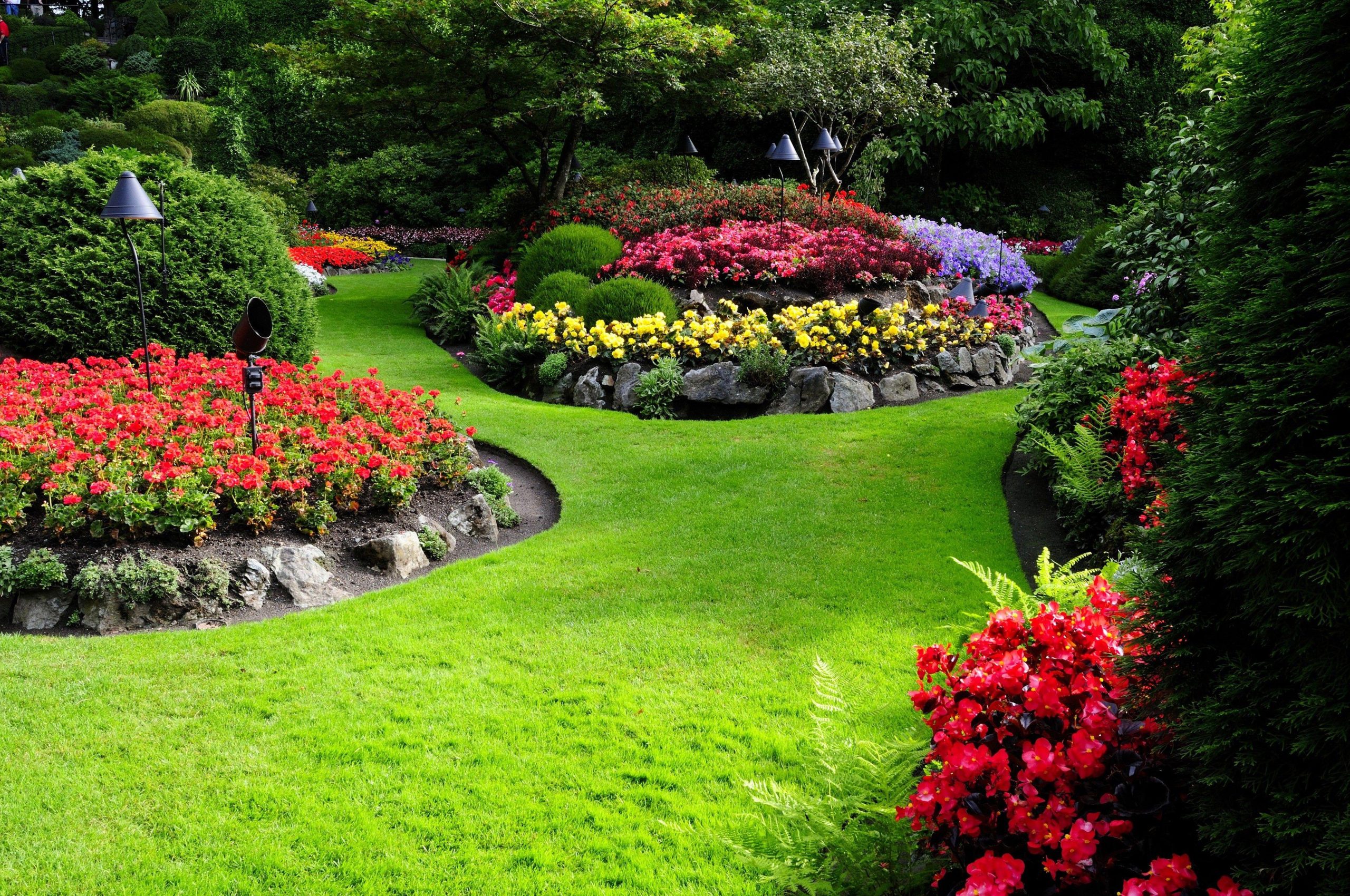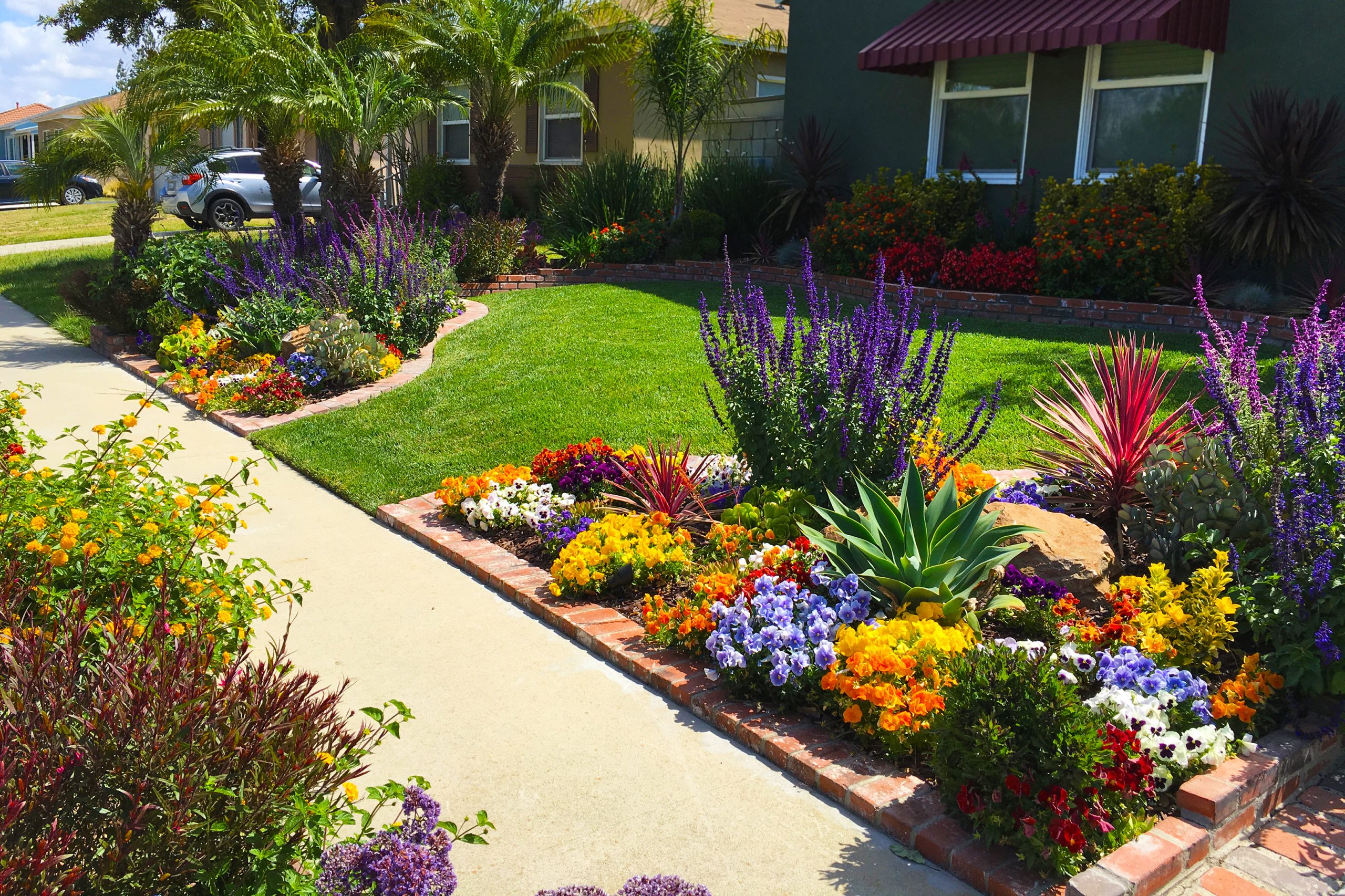Watering is one of the most critical aspects of gardening. Proper watering techniques can mean the difference between a lush, thriving garden and a dry, struggling one. However, watering your garden effectively requires more than just turning on a hose. It involves understanding your plants’ needs, the soil’s properties, and the best methods to deliver water efficiently. This guide will help you master the art of garden watering, ensuring your plants stay healthy and hydrated.
Understanding Your Plants’ Water Needs
Different plants have different water requirements. Knowing how much water each type of plant needs is the first step toward effective watering.
1. Annuals and Perennials
– Annuals: These plants complete their life cycle in one year. They typically have shallow roots and need more frequent watering.
– Perennials: These plants live for several years and usually have deeper root systems. They can often go longer between waterings.
2. Vegetables and Fruits
– Vegetables and fruits generally need more water than ornamental plants, especially during fruiting and flowering stages. Consistent moisture is key for producing a good harvest.
3. Shrubs and Trees
– Established shrubs and trees have deep root systems and can tolerate longer periods without water. However, young trees and shrubs need regular watering to establish roots.
4. Lawns
– Lawns require frequent watering, especially during dry periods. However, overwatering can lead to shallow root systems and other issues.
Assessing Your Soil
The type of soil in your garden affects how water is absorbed and retained.
1. Clay Soil
– Clay soil holds water well but drains slowly. It can become compacted, making it difficult for roots to penetrate. Water slowly to avoid runoff.
2. Sandy Soil
– Sandy soil drains quickly and doesn’t retain moisture well. It requires more frequent watering, but be careful not to overwater as nutrients can leach away.
3. Loamy Soil
– Loamy soil is ideal for most plants. It retains moisture well and has good drainage. This soil type requires moderate watering.
4. Testing Your Soil
– Conduct a simple test to determine your soil type. Squeeze a handful of moist soil. If it forms a ball that crumbles easily, it’s loam. If it stays in a ball, it’s clay. If it falls apart immediately, it’s sandy.
Best Times to Water
Watering at the right time of day can maximize the efficiency of your efforts and help prevent disease.
1. Morning
– Early morning is the best time to water your garden. The cool temperatures reduce evaporation, and the foliage has time to dry before evening, reducing the risk of fungal diseases.
2. Evening
– Watering in the evening is the second-best option if mornings aren’t possible. However, avoid watering too late to prevent water sitting on leaves overnight, which can encourage disease.
3. Midday
– Watering during the heat of the day is the least efficient due to rapid evaporation. It should be avoided unless it’s particularly hot and plants are wilting.
Watering Techniques
Different watering techniques suit different garden setups and plant types.
1. Hand Watering
– Pros: Allows for precise watering and monitoring of individual plants.
– Cons: Time-consuming and labor-intensive for large gardens.
– Tips: Use a watering can or hose with a spray nozzle. Water the base of the plants to avoid wetting the foliage.
2. Sprinklers
– Pros: Covers large areas efficiently, good for lawns and large garden beds.
– Cons: Can waste water through evaporation and runoff, less precise.
– Tips: Use early in the morning. Adjust the sprinkler to avoid watering paths or driveways.
3. Drip Irrigation
– Pros: Highly efficient, delivers water directly to the plant roots, reduces evaporation and runoff.
– Cons: Initial setup cost and effort, can clog if not maintained.
– Tips: Use for vegetable gardens, flower beds, and shrubs. Install a timer to automate watering.
4. Soaker Hoses
– Pros: Efficient, reduces evaporation, easy to install.
– Cons: Less flexible in terms of placement, can clog over time.
– Tips: Lay the hose along rows of plants or weave it through flower beds. Cover with mulch to improve efficiency.
5. Wicking Systems
– Pros: Low-cost, efficient, and provides consistent moisture.
– Cons: Best for container plants, can be labor-intensive to set up.
– Tips: Use fabric strips to connect the water source to the soil.
Avoiding Common Watering Mistakes
Even experienced gardeners can make watering mistakes. Here are some common pitfalls and how to avoid them.
1. Overwatering
– Signs: Yellowing leaves, root rot, wilting despite moist soil.
– Prevention: Check soil moisture before watering. Use well-draining soil and containers.
2. Underwatering
– Signs: Wilting, dry soil, stunted growth.
– Prevention: Water deeply and regularly. Ensure water reaches the root zone.
3. Watering the Leaves
– Problems: Wet leaves can lead to fungal diseases and mildew.
– Prevention: Water at the base of the plants, avoiding the foliage.
4. Inconsistent Watering
– Problems: Can stress plants, leading to poor growth and reduced yields.
– Prevention: Establish a regular watering schedule and stick to it.
5. Ignoring Soil Moisture Levels
– Problems: Assumptions about soil moisture can lead to over or under-watering.
– Prevention: Use a soil moisture meter to accurately gauge moisture levels.
Mulching for Moisture Retention
Mulching is a simple yet effective way to retain soil moisture and reduce watering needs.
1. Types of Mulch
– Organic Mulch: Includes compost, straw, leaves, and wood chips. It improves soil structure and fertility as it decomposes.
– Inorganic Mulch: Includes gravel, pebbles, and landscape fabric. It doesn’t decompose but effectively retains moisture.
2. Applying Mulch
– Spread a 2-4 inch layer of mulch around your plants, keeping it away from the plant stems to prevent rot.
– Reapply mulch as needed, particularly after heavy rain or wind.
Special Considerations for Container Gardens
Containers dry out faster than garden beds, so they need special attention.
1. Choosing Containers
– Use containers with drainage holes to prevent waterlogging.
– Opt for larger containers to retain moisture longer and support root growth.
2. Watering Containers
– Check moisture levels daily, especially during hot weather.
– Water until it runs out of the drainage holes to ensure thorough watering.
3. Self-Watering Containers
– These containers have a reservoir at the bottom that provides a consistent supply of water to the plants.
– Ideal for busy gardeners or those who travel frequently.
Adapting to Weather Conditions
Your garden’s watering needs will change with the weather.
1. Dry Periods
– Increase watering frequency during dry spells. Consider using drip irrigation or soaker hoses to conserve water.
– Group plants with similar water needs together.
2. Rainy Periods
– Reduce watering during rainy periods to avoid waterlogging.
– Ensure proper drainage to prevent standing water around plants.
3. Seasonal Adjustments
– Spring: Increase watering as plants come out of dormancy.
– Summer: Water more frequently, especially during heatwaves.
– Fall: Gradually reduce watering as temperatures drop.
– Winter: Water sparingly, mainly during dry spells for evergreen plants.
Effective watering is crucial for a thriving garden. By understanding your plants’ needs, assessing your soil, choosing the right watering techniques, and avoiding common mistakes, you can ensure your garden stays hydrated and healthy. Mulching, adapting to weather conditions, and giving special attention to container gardens further enhance your watering strategy. With these tips, you can create a lush, vibrant garden that flourishes throughout the seasons. Happy gardening!




